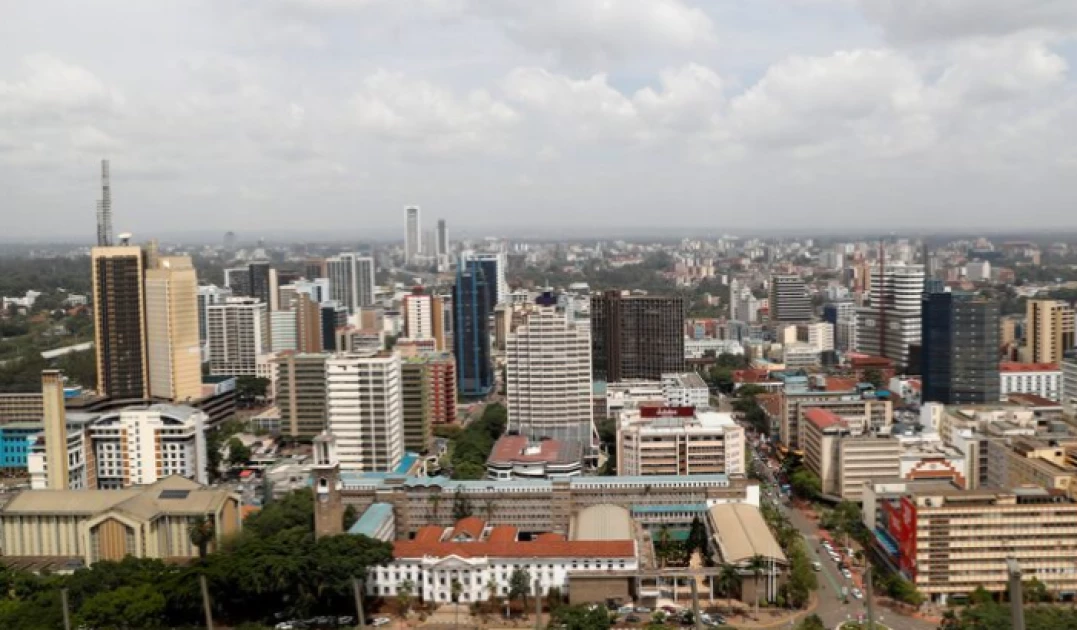Nairobi’s skyline set for major transformation with new policy allowing buildings up to 75 floors

A general view shows the central business district in downtown Nairobi, Kenya February 18, 2022. REUTERS/Thomas Mukoya

Audio By Vocalize
Speaking at an ongoing three-day public participation forum, Nairobi’s Chief Officer for Urban Planning, Patrick Analo, stated that the proposed policy aims to modernize the city while safeguarding residential neighbourhoods.
This will be achieved through land-use regulations, zoning guidelines, spatial plans, and Local Physical Development Plans (LPDPs) to accommodate the city’s rapid 4% annual population growth, which continues to pressure the real estate sector to provide sustainable housing solutions.
“If approved, the policy and associated LPDPs will permit high-rise developments in key commercial areas such as Upper Hill, Uhuru Highway, Tom Mboya Street, Haile Selassie Avenue, and University Way,” Analo confirmed.
Under the proposed plan, other areas such as Riverside, Parklands, and Ngara West will have a height limit of 20 floors, while Muthangari, Kileleshwa, and Kilimani will be restricted to 15 floors. For residential zones, Umoja, Kayole, and Komarock will have an eight-story cap, while Mathare, Dandora, and Korogocho will be limited to five floors. In Kariokor, Mlango Kubwa, and Eastleigh, mixed-use developments will be permitted up to 25 stories.
Nairobi Governor Johnson Sakaja reiterated that high-end neighbourhoods such as Karen, Gigiri, Runda, Kitisuru, Nyari, Muthaiga, and Rosslyn Estate will remain designated as low-density, single-dwelling zones to preserve their exclusivity.
“The three-day public participation forum seeks input from architects, urban planners, residents, developers, and other key stakeholders. Nairobi currently accommodates over seven million people during the day, and this number is expected to reach 10 million in the coming years. We must plan for this growth responsibly,” Sakaja stated.
Similarly, areas in Eastlands—including Jacaranda, Sosian Estate, Nasra Gardens, Harambee NCC, Rabai Road Estate, Utawala, Ruai, and Kamulu—will not permit high-rise developments.
Sakaja emphasized that Nairobi’s zoning policy has not been updated for nearly two decades, making this revision long overdue. The last zoning policy was implemented in 2006.
“If approved, the new policy will redefine Nairobi’s skyline, aligning it with global cities known for their towering skyscrapers while balancing urban development with community needs,” he added


Leave a Comment